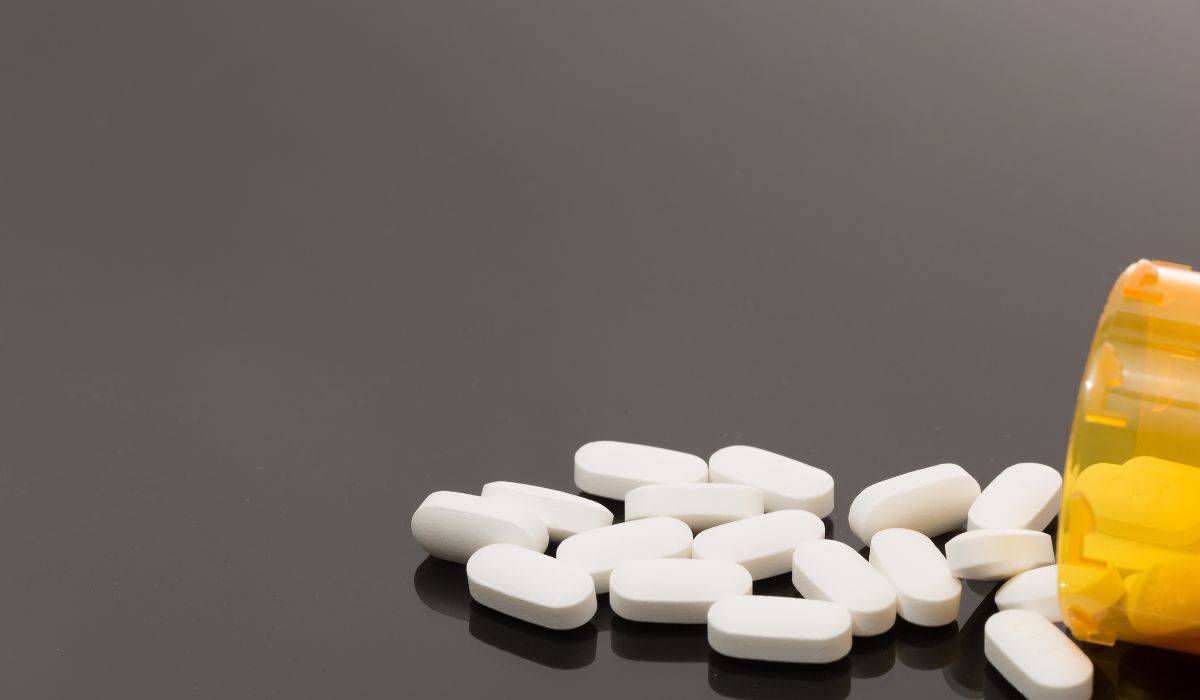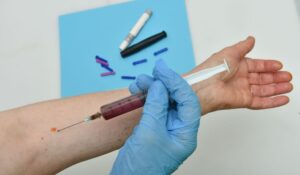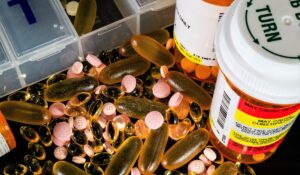Does 7 Hydroxymitragynine Show on Drug Test?
When people hear about 7 hydroxymitragynine, they often want to know if it can be seen on a drug test. This compound is an active ingredient found in the plant Mitragyna speciosa, also called kratom. Kratom comes from the leaf of a tropical tree and has been used for pain, energy, and mood changes. But because it acts like an opioid in the brain, it raises questions about addiction, sobriety, and drug testing.
At Lynk Diagnostics, a laboratory focused on helping rehab facilities and people in recovery, we test for many substances linked to substance abuse. That includes natural alkaloids like mitragynine and its stronger metabolite, 7 hydroxymitragynine.
What Is 7 Hydroxymitragynine?
7 hydroxymitragynine is a metabolite of mitragynine, the main chemical in mitragyna speciosa. When someone uses kratom, the body’s liver changes mitragynine into 7 hydroxymitragynine.
- Mitragynine is found in the leaf and powder of the plant.
- 7 hydroxymitragynine is stronger and works more like an opiate or opioid.
- It can act as a sedative, lower pain, and even bring feelings of euphoria.
- At the same time, it can cause nausea, vomiting, constipation, diarrhea, and irritability.
Because of its potency, this alkaloid is watched closely by the Drug Enforcement Administration (DEA) and may fall under the Controlled Substances Act in the future.
Why Drug Testing Matters
Drug tests are used for many reasons, such as:
- Work or insurance checks
- Pain management programs
- Outpatient programs and PHP (partial hospitalization program)
- Sobriety monitoring after relapse
- Support in therapy and dual diagnosis treatment
At Lynk Diagnostics, toxicology testing helps doctors, counselors, and patients track adherence to a dose, understand the frequency of use, and prevent prescription drug addiction.
Does 7 Hydroxymitragynine Show on Drug Test?
The answer is: it depends on the type of test.
Most basic urine tests or urinalysis do not look for kratom or its alkaloids. Standard panels check for common drugs like amphetamines, benzodiazepines, methadone, barbiturates, oxycodone, morphine, fentanyl, tramadol, codeine, adderall, methamphetamine, and phencyclidine (PCP).
But specialized tests can detect mitragynine and 7 hydroxymitragynine. Labs with advanced assay methods, like mass spectrometry, are able to confirm kratom use.
Types of Drug Tests and Detection
Urine Test
- The most common test.
- Can detect metabolites like 7 hydroxymitragynine with advanced screening.
- Detection window: a few days depending on dose, frequency, and metabolism.
Blood Test
- Used less often because detection time is short.
- Shows concentration of substances in the blood.
Saliva Testing
- Quick and less invasive.
- May detect kratom alkaloids soon after use.
- Not as reliable for long-term detection.
Hair Follicle Test
- Detects drug use for up to 90 days.
- Can capture history of substances, including kratom, depending on lab method.
Factors That Affect Detection
- Dose – higher doses leave more metabolites in the body.
- Frequency – regular use builds up in tissues like fat and hair.
- Metabolism – each person’s liver and genetics affect how fast the drug breaks down.
- Strain – different strains of kratom have different levels of alkaloids.
- Form – whether taken as tea, capsule, or powder.
- Other substances – mixing with alcohol, medication, or other controlled substances can change detection.
Risks of 7 Hydroxymitragynine
While some people use kratom for pain management or insomnia, it carries risks:
- Physical dependence and addiction
- Changes in mood and anxiety
- Mental health concerns like depression or disease linked to heavy use
- Interaction with prescription drugs like oxycodone, benzodiazepines, or hydrocodone
- Higher chance of relapse in people in recovery
The DEA and drug enforcement policies watch kratom closely because of its potential harm.
7 Hydroxymitragynine vs Other Drugs on a Test
Unlike common drugs such as morphine, fentanyl, amphetamine, or barbiturate, kratom is not always checked in standard tests. But advanced labs, like Lynk Diagnostics, can include it when needed.
It may show up alongside tests for:
- Opioids
- Stimulants
- Sedatives
- Controlled substances
This helps with outpatient program monitoring, PHP, and therapy for substance abuse.
Support for Recovery
Testing is only one part of recovery. At Lynk Diagnostics, results are used to guide:
- Therapy for mental health and addiction
- Plans for pain management without risky drugs
- Support in sobriety and preventing relapse
- Care for people with dual diagnosis (mental illness plus substance use)
With the right support, people struggling with kratom or other drugs can move toward sobriety, better health, and a stable life.
FAQs
Does 7 hydroxymitragynine show on a urine test?
Yes, but only if the lab is looking for it. Standard panels may miss it, but advanced urinalysis can detect it.
How long does 7 hydroxymitragynine stay in your system?
It depends on the dose, frequency, and your metabolism. It can be found for several days in urine and up to 90 days in hair.
Can kratom cause a false positive for opioids?
Yes, in some cases. Because 7 hydroxymitragynine acts like an opioid, it may confuse some assays. Advanced laboratory tests can confirm.
Is kratom a controlled substance?
Right now, kratom is not federally banned, but the DEA has flagged it as risky. Some states treat it as a controlled substance.
Why does drug testing for kratom matter?
Testing helps in pain management, rehab, and outpatient programs. It protects health, prevents relapse, and supports safe therapy.








